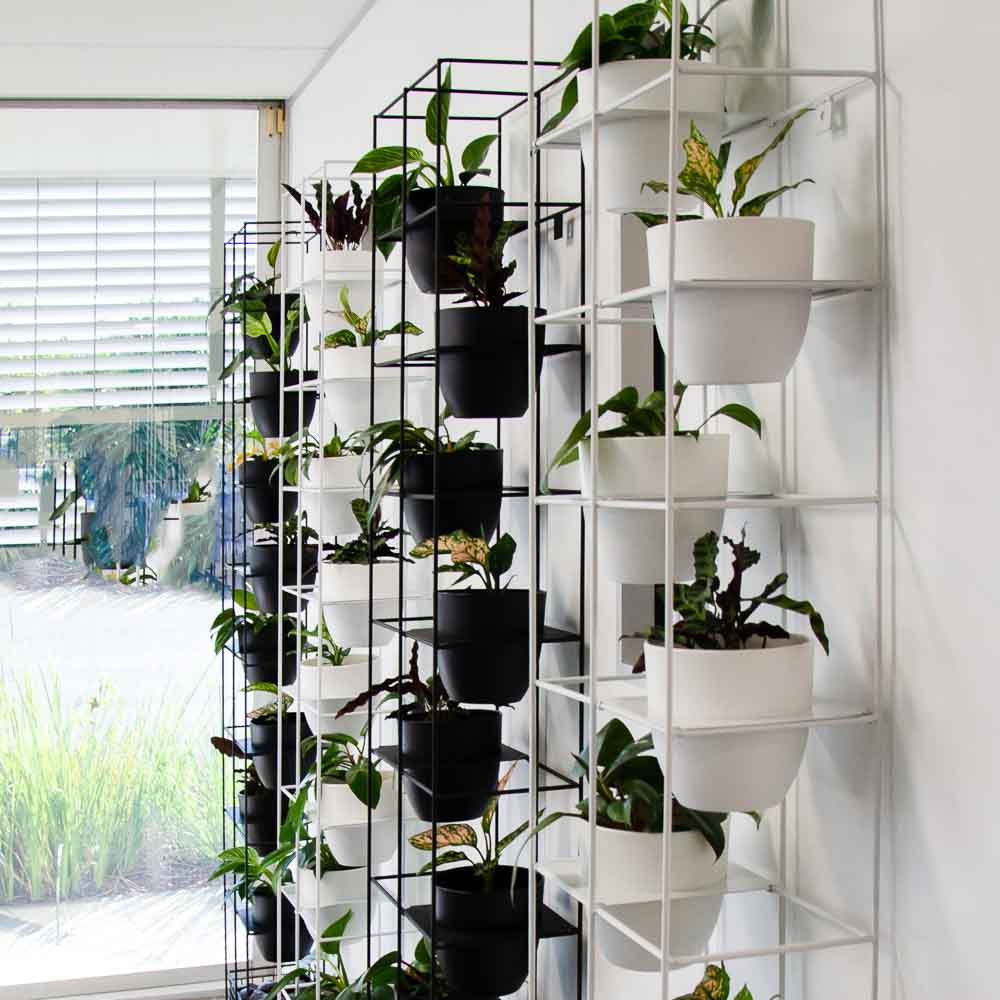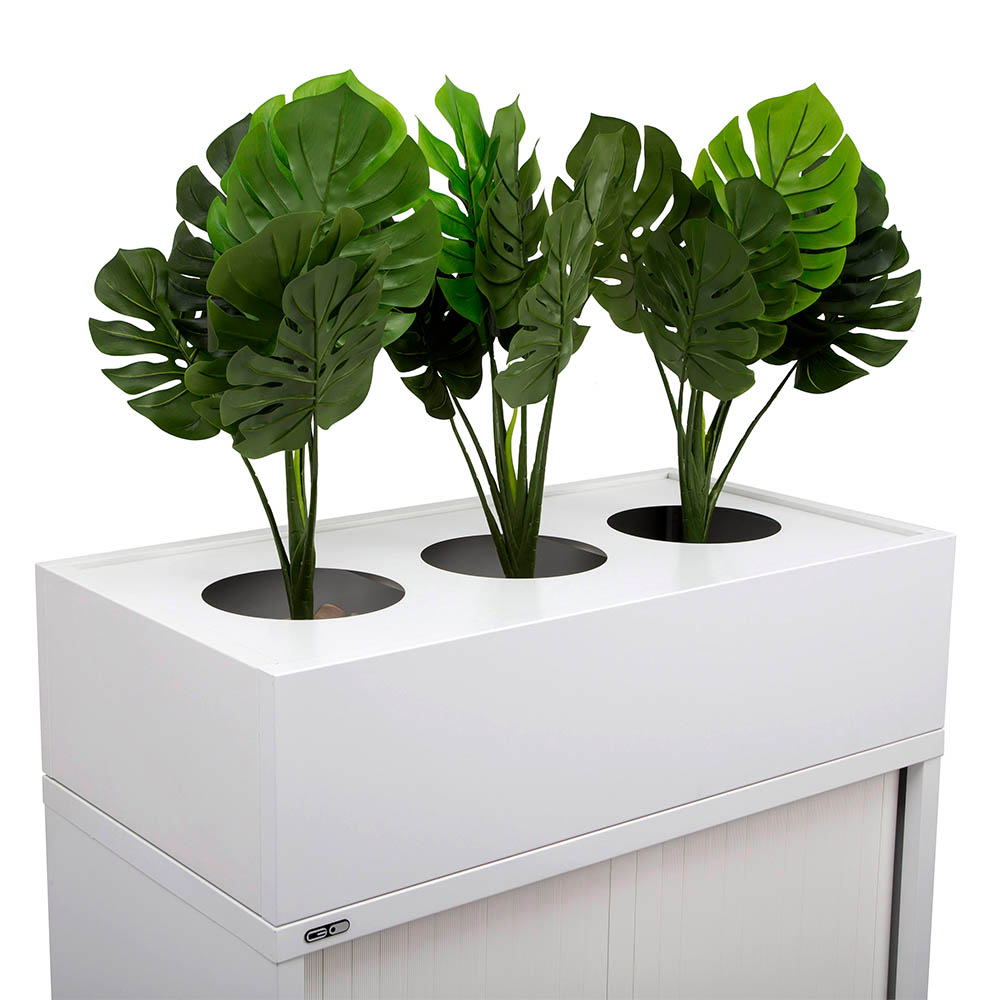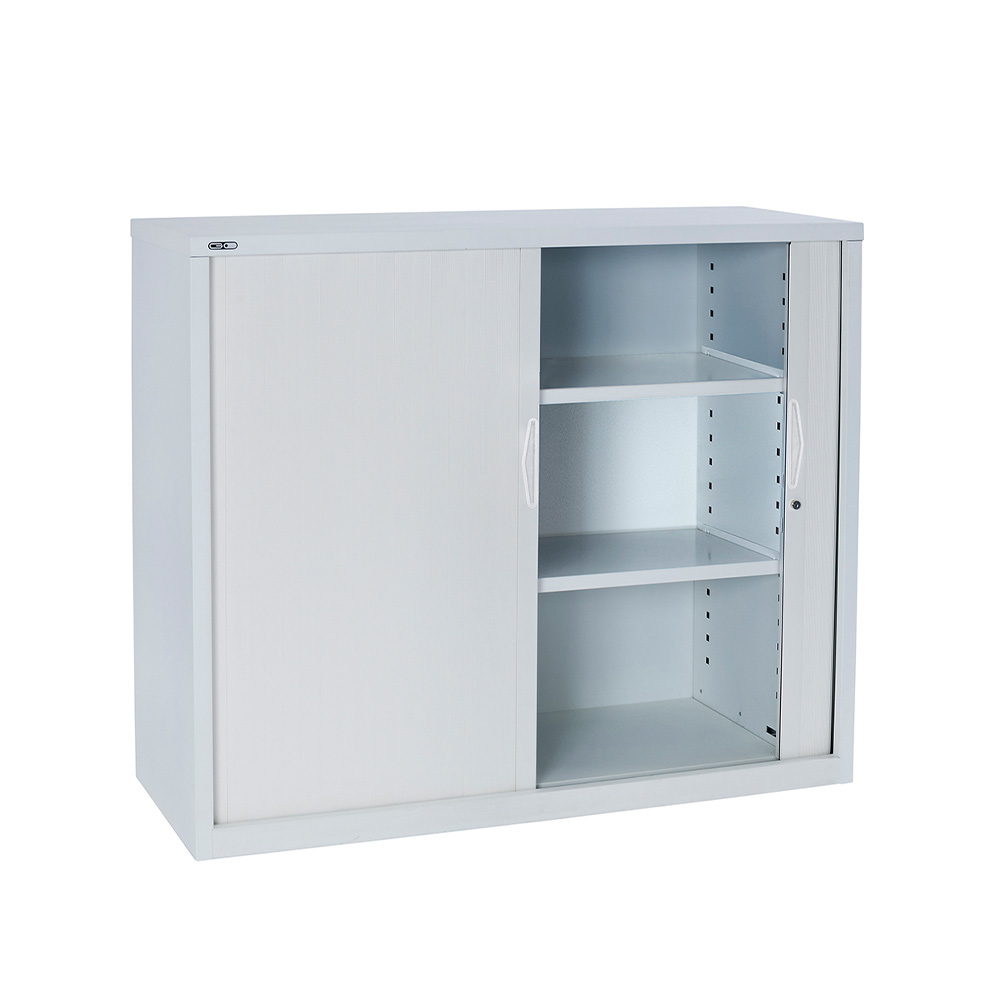“We can’t stop breathing, but we can do something about the quality of air that we breathe.”
That was the focus for 2019’s World Environment Day hosted by China, which urged governments, industry, communities and individuals to come together and explore green technologies, and improve air quality in cities and regions across the world.
This year’s World Environment Day theme of Air Pollution could not be more relevant to those working in an office. The UN says that this global day of celebration provides us with an opportunity to expand our knowledge and for individuals, enterprises and communities to responsibly make changes to help preserve and enhance the environment. The easiest places where we can begin to make these changes are where we spend most of our time – our work or home.
The Perks
There are a number of benefits to adding greenery to a workplace. A study by the Nursery and Garden Industry Australia showed significant reductions in stress were recorded where plants were apart of the office environment. Plants help us better perceive our surroundings so we feel more comfortable, which in turn reduces stress. The report also found that an office with plants can see a 44% reduction in anger or hostility, and a 38% reduction in fatigue in individuals.
Plants have also been found to increase productivity; higher levels of concentration can be attributed to the plant’s ability to reduce excess carbon dioxide in the air. In computer workers, overall productivity has been seen to increase by 10-15% resulting in fewer mistakes, and better efficiency in task completion.
Introducing a ratio of 1 plant per 3 employees can improve the air quality. CO2 can be reduced by 50%, as well as dust, man-made toxins, bacteria and mould reduction which would otherwise be inhaled. Filtering these toxins can see a reduction in sickness and absence, where minor illnesses can be lessened by 30%. This is partly because the air will be kept at up to a 20% higher humidity by the plants, reducing the dry air caused by air conditioning and making illnesses like sore throats much less common.
Plants can be an easy addition to your workplace, and can even be a part of your storage space. The Signature Steel Tambour and Planter Box is perfect for those who love combining style with practicality, with its generous storage cupboard and lockable slide-away door plus a planter box with three 200mm diameter cut-outs and a removable drip tray.
Alternatively, if you’re just looking to reap the benefits of having plants around the office, the Bloom Vertical Garden is for you.
So, what plants are best?
Choosing the right plant for an office can be daunting as only a few can properly thrive in a fluorescent light, temperature-controlled environment. But never fear, not only do we have the perfect things for you to put your new plants in, but also a guide for which plants would be best for your workplace.
For the First Timer:
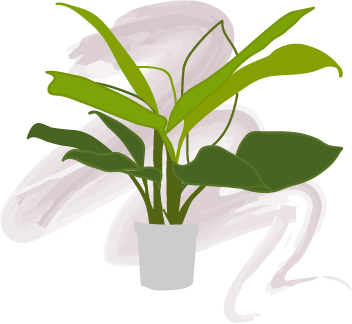
The Chinese Evergreen, these guys are not only nice to look at but are easy to care for, and often compact enough to keep on your desk or in a planter box. This species also made it onto NASA’s list of air-filtering house plants, so you know it will do wonders for your lungs.
The Pothos family, more commonly known as Ivy, are the perfect indoor climbing and hanging species. They prefer bright indirect light but can also tolerate low light environments like an office. Best to keep in mind though, the more light the ivy gets, the more colour it will show through the leaves. While Ivy are very easy care, they do need to avoid direct sunlight as it will burn the leaves. Be sure to check which way the closest windows are facing.
For the Notorious Plant Killer:

Just because we can’t all be natural green thumbs, doesn’t mean our offices shouldn’t have greenery. Most commonly known as the Snake Plant, this species is virtually indestructible, helps to remove pollutants in the air, and they thrive in almost all environments.
Instagram’s current plant obsession which you might have seen is the ZZ Plant or Zanzibar. This African plant thrives on neglect, so leave it in the shade and give it very little care and watering for optimum growth results. This species also made its way onto NASA’s list as an indoor air purifier.
The Cast Iron Plant, if the name doesn’t say enough, loves low light, is slow to grow and really hard to kill.
For the Ego Boosting Compliments:
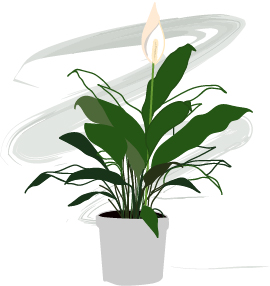
The plant that no office is complete without, the Peace Lily, one of the best air purifiers with the looks to back it up. This indoor thriver grows best in low to medium light, particularly under fluorescents. It’s best to note that the more light the peace lily receives, the more likely it will be to produce its recognisable flowers.
Looking for something small yet mighty? The Peperomia family covers more than 1000 individual species that thrive indoors, most of which can withstand dry soil and a few days of missed watering thanks to their thick leaves. This group prefer bright, indirect light but can still flourish under fluorescent lighting. Pick up a few different species and create a colourful arrangement in your Bloom Vertical Garden or pop one next to your computer and be the envy of your desk neighbours.
Creating small changes that can benefit the environment and the air we breathe can lead to big results. To find out more about World Environment Day and the other changes you can make, visit their site here.





